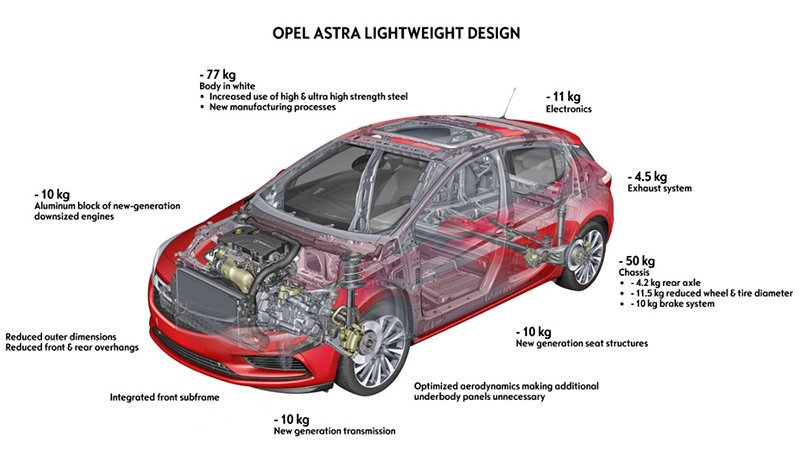Magnesium is already the lightest structural metal, this lab creation maintains its light weight but makes it much stronger. The researchers said they also developed a scalable manufacturing process, opening up a door to lighter and stronger cars, planes, medical devices, and electronics.
Silicon carbide is the ultra-hard material used in car clutches and carbon ceramic brakes. Nanoparticles have been injected into molten metal before, but the particles tend to clump together. The UCLA breakthrough came in getting silicon carbide nanoparticles to spread evenly throughout the molten magnesium, then using high-pressure torsion to compress the resulting metal and make it even stronger. By weight, the alloy is 14 percent silicon carbide, 86 percent magnesium. Head researcher Xiaochun Li said this first successful effort is "just scratching the surface of the hidden treasure for a new class of metals with revolutionary properties and functionalities."
This advance could be part of the solution to stricter corporate average fuel economy dictates on the way. On the alt-fuel side, being able to produce a lighter, stronger electric-vehicle chassis would help overcome some of the weight of the battery pack. Nevertheless, while the researchers say magnesium is abundant and they have a scalable manufacturing method, the question is, 'At what price?'
Related News



